Best Japanese Restaurants in Kathmandu
Discover the best Japanese Restaurants in Kathmandu with our curated selection of top-rated Japanese Restaurants. From authentic traditional Japanese Restaurants to modern interpretations, find perfect Japanese Restaurants dining experiences across the city
9818970583
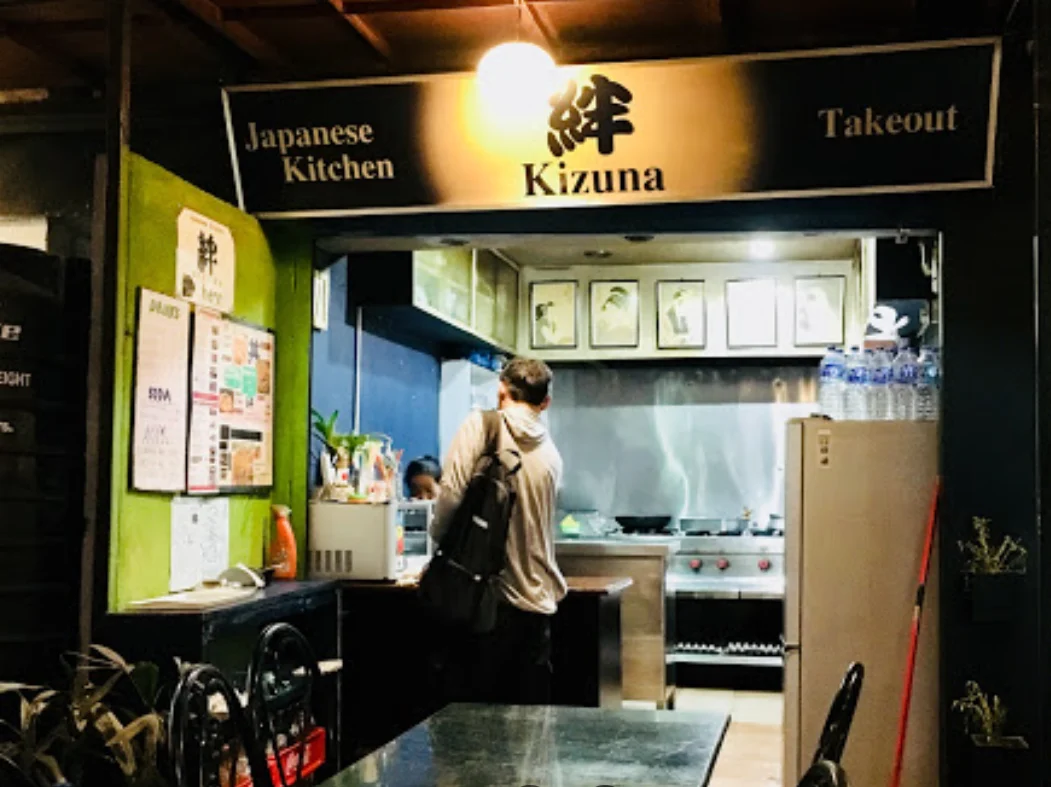
Paknajol Chowk, Kathmandu
Japanese Kitchen Kizuna is a hidden gem nestled in the heart of Paknajol Chowk, Kathmandu, offering an authentic Japanese dining experience. This intimate restaurant has carved out a unique space in the local culinary scene, providing high-quality Japanese cuisine that transports diners straight to Japan. With a carefully curated menu featuring classic dishes like katsudon, tempura, and sushi, Kizuna has become a beloved spot for both Japanese expats and local food enthusiasts. The restaurant prides itself on its commitment to authentic flavors, generous portions, and a peaceful dining atmosphere that offers a welcome respite from the bustling streets of Thamel.
9864396396

Old Baneshwor, Kathmandu
Sushi Time is a vibrant Japanese restaurant nestled in the heart of Old Baneshwor, Kathmandu. This culinary gem has quickly become a go-to destination for sushi lovers and Japanese cuisine enthusiasts. The restaurant offers a diverse menu that goes beyond traditional sushi, featuring an impressive array of maki rolls, sashimi, and other Japanese delicacies. With its welcoming atmosphere and commitment to quality, Sushi Time has carved out a unique space in Kathmandu’s dining scene. Whether you’re a sushi aficionado or a curious food explorer, the restaurant promises an authentic and delightful Japanese dining experience.
9801029933

International Club, Sanepa, Lalitpur
Hokkaido House stands as a premier Japanese dining destination in Lalitpur, offering an authentic culinary experience in a sophisticated setting. Located in the International Club area of Sanepa, this establishment has garnered recognition for its exceptional Japanese cuisine and attentive service. The restaurant combines traditional Japanese culinary artistry with modern dining aesthetics, creating an inviting atmosphere for both casual diners and special occasions. Their menu showcases a diverse selection of Japanese delicacies, from meticulously crafted sushi and sashimi to hearty ramen bowls and perfectly grilled teriyaki dishes. The restaurant’s commitment to quality is evident in their fresh ingredients and precise preparation methods, ensuring each dish meets the high standards of Japanese gastronomy.
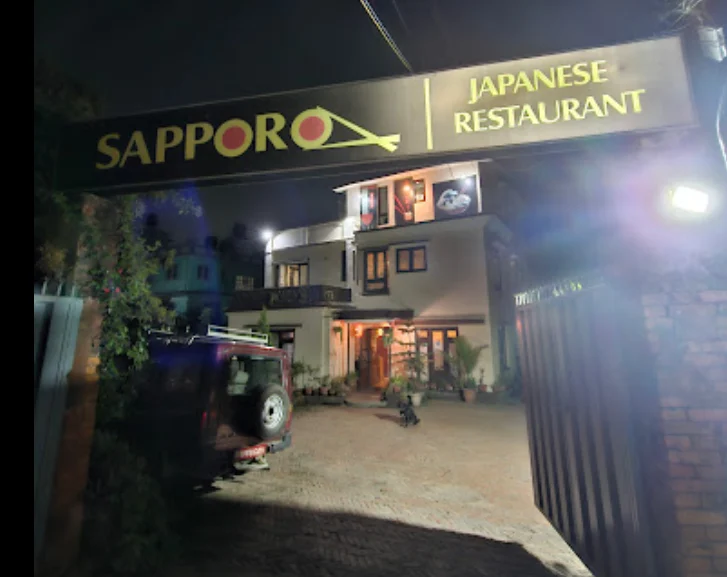
opposite Russian Embassy and Tesla Pharmacy, Anamika Marg, Kathmandu
Sapporo Japanese Restaurant is an authentic Japanese culinary destination in the heart of Kathmandu, offering a comprehensive menu of traditional Japanese dishes. The restaurant specializes in ramen, sushi, yakitori, and udon noodles, with extensive options for vegetarian and vegan diners. What sets Sapporo apart is their commitment to authenticity, using imported Japanese ingredients to maintain genuine flavors. The restaurant is owned by Stephanie, who is known for her exceptional hospitality and personal attention to guests, often engaging with diners to explain dishes and share her knowledge of Japanese cuisine. A unique feature is their homemade kombucha, which has gained popularity among regular patrons. The establishment maintains a cozy, intimate atmosphere with both indoor seating and a garden area, making it suitable for both casual dining and special occasions.
980234832
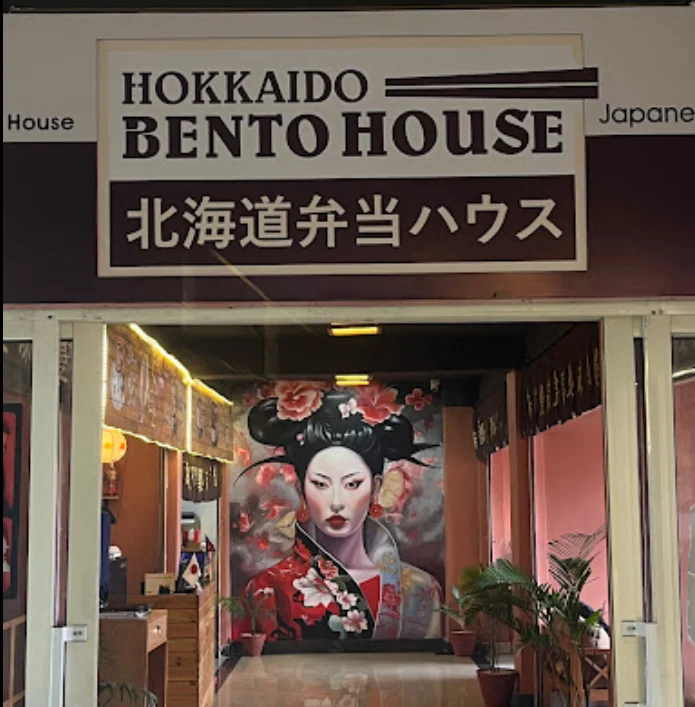
Boudhha, Kathmandu
Hokkaido Bento House is an authentic Japanese restaurant nestled in the vibrant Boudhha area of Kathmandu. This culinary gem has established itself as a premier destination for Japanese cuisine enthusiasts, offering an extensive menu that includes everything from traditional bento boxes to expertly crafted sushi rolls and steaming bowls of ramen. The restaurant combines traditional Japanese culinary artistry with a modern dining experience, creating an atmosphere that transports diners straight to Japan. Their commitment to authenticity is evident in their food preparation, presentation, and the overall dining experience. The restaurant is particularly known for its fresh ingredients, generous portions, and attention to detail in every dish they serve. Their menu caters to both meat lovers and vegetarians, making it an inclusive dining destination for all food preferences.
9818281368
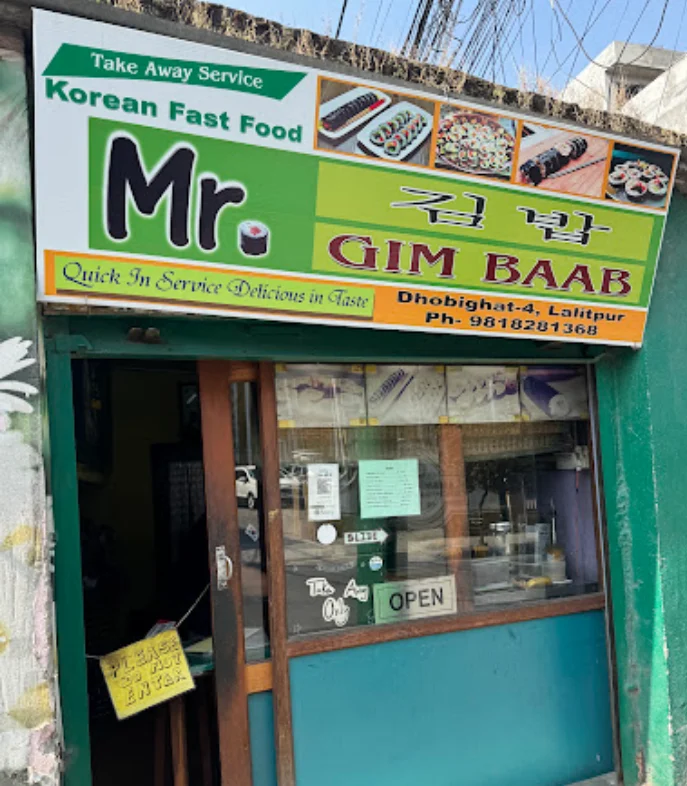
Jawalakhel, Lalitpur
Mr. Gimbaab is a well-established Korean restaurant in Jawalakhel specializing in authentic Korean gimbap. Operating as a takeaway-only establishment since the pandemic, it has gained a reputation for serving fresh, high-quality Korean rolls at reasonable prices. The restaurant takes pride in its meticulous preparation process, with customers able to watch their gimbap being made fresh right in front of them. The menu features various gimbap options, including popular choices like Chicken Kimchi Gimbap, Tuna Gimbap, and vegetarian options. Each roll is carefully crafted with a generous filling-to-rice ratio, ensuring a satisfying meal. The establishment maintains high hygiene standards and focuses on delivering consistent quality in their specialized menu offerings.
61451707
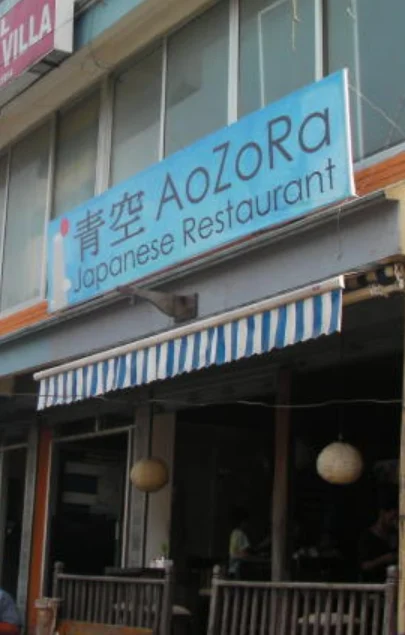
Phewa Marga, Pokhara
Aozora Japanese Restaurant stands as a culinary gem in Pokhara’s lakeside area, offering authentic Japanese cuisine. The restaurant has established itself as one of the pioneering Japanese dining establishments in the region, serving a diverse menu that includes everything from traditional ramen and udon to expertly prepared katsu dishes and sushi. The venue features both indoor seating and a cozy outdoor dining area, creating a welcoming atmosphere for diners. What sets Aozora apart is their commitment to maintaining authentic Japanese flavors while adapting to local ingredients. Their menu caters to various dietary preferences, with options ranging from hearty meat dishes to vegetarian selections. The restaurant’s attention to presentation and taste has earned it a loyal following among both locals and international visitors seeking genuine Japanese flavors in Nepal.
14524040
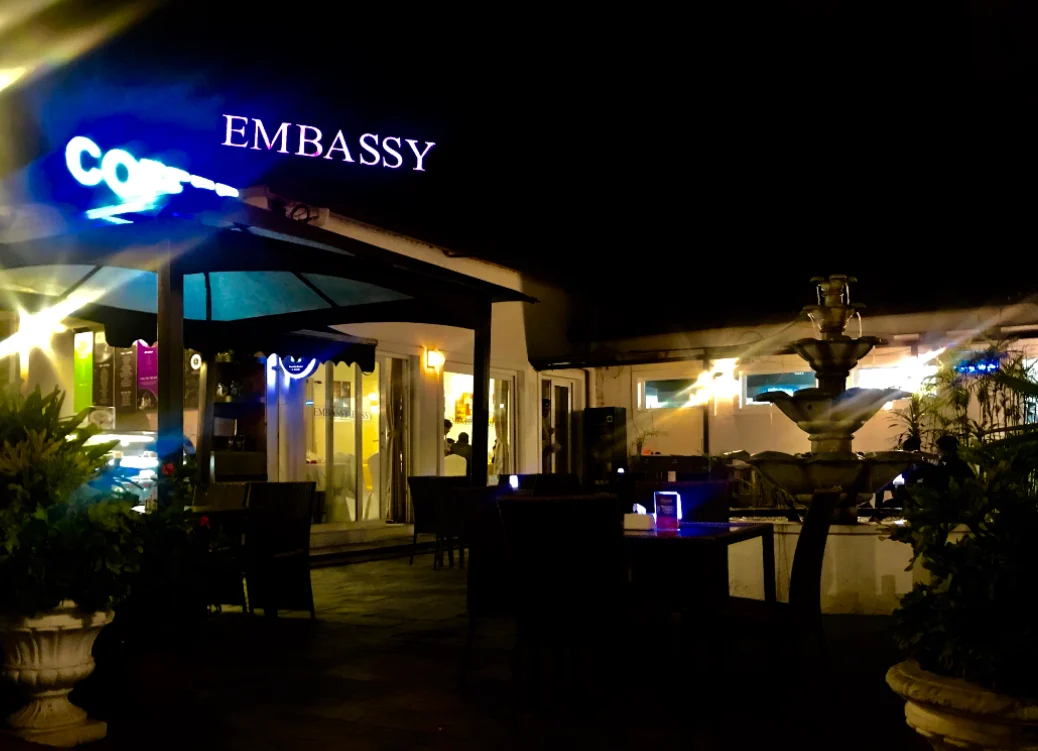
Panipokhari, Kathmandu
Embassy Restaurant & Bar is an upscale dining establishment located in the Panipokhari area of Kathmandu. The restaurant offers a diverse culinary experience with multiple dining spaces, including an elegant indoor setting and a beautiful outdoor garden area. The venue features sophisticated amenities such as a large bar with a stage for live music performances, private dining rooms, and a professional seminar area equipped with meeting facilities and presentation screens. The restaurant is particularly notable for its versatile space design, accommodating everything from intimate dinners to corporate events. During winter months, the comfort of guests is ensured with gas heaters, particularly in the outdoor seating areas. The establishment stands out for its extensive menu that spans multiple cuisines, including Continental, Japanese, Chinese, and local specialties, making it a comprehensive dining destination in Kathmandu.
9808218582

Jhamsikhel Road, Lalitpur
Kyubi’s Kitchen stands out as a unique Japanese and Korean fusion restaurant in Jhamsikhel, Lalitpur. The establishment has gained popularity for its authentic ramen, sushi, and Korean dishes served in an anime-themed environment. The restaurant features multiple themed dining areas, including private rooms adorned with Naruto artwork and a rooftop seating area offering sunset views. The venue requires guests to remove their shoes upon entry, creating an authentic Asian dining atmosphere. Beyond just a restaurant, Kyubi’s Kitchen also houses a retail section on the ground floor selling anime merchandise and accessories, making it a complete experience for Japanese culture enthusiasts.
15449673

Milap Rd, Sanepa, Lalitpur
Noodle Shop Ktm is a beloved culinary destination in Sanepa, Lalitpur, specializing in authentic Asian noodles and ramen. The restaurant has established itself as a go-to spot for noodle enthusiasts, offering a diverse menu that includes their popular house specials, Biang Biang noodles, and various ramen options. The establishment features both indoor and rooftop dining spaces, creating a versatile atmosphere for different dining preferences. Their commitment to quality is evident in their carefully crafted broths and noodle preparations. The restaurant caters to various dietary preferences, offering both vegetarian and non-vegetarian options. Their menu extends beyond noodles to include appetizers like gyoza, complementary sides, and a selection of Asian beverages, making it a comprehensive dining experience.
9805674887
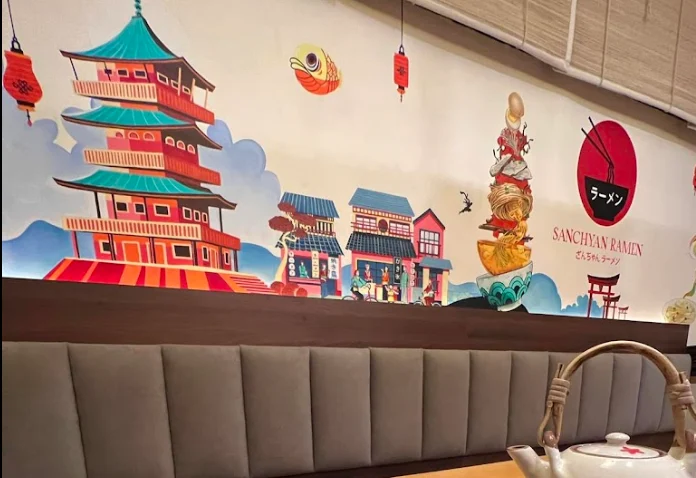
Trisara Building, Durbar Marg, Kathmandu
Sanchyan Ramen Japanese Restaurant stands as a premier authentic Japanese dining destination in Kathmandu’s upscale Durbar Marg area. Located in the Trisara Building, this establishment brings the true essence of Japanese cuisine to Nepal’s capital. The restaurant specializes in authentic ramen dishes while offering an extensive menu that includes sushi, bento boxes, and other Japanese favorites. The interior features authentic Japanese-style design elements, including private booths with traditional doors, creating an immersive dining atmosphere. The restaurant caters to both casual diners and those seeking a more refined Japanese dining experience, with a menu that spans from comfort food like ramen to more sophisticated dishes like their specialty sushi rolls.
14529207

Gairidhara Rd, Kathmandu
Alice Restaurant stands as a versatile dining establishment in Kathmandu, offering a unique blend of family-friendly atmosphere and diverse culinary experiences. The restaurant is particularly notable for its comprehensive approach to dining, featuring multiple cuisine options including Chinese, Japanese, and local flavors. A standout feature is their dedicated children’s play area with supervised care, making it an ideal destination for families. The establishment boasts a sophisticated ambiance with indoor plants and thoughtfully designed seating arrangements, complemented by ample parking facilities. Their menu caters to various dietary preferences, including vegetarian and vegan options, while their bar service offers a selection of cocktails, wines, and beverages. The restaurant’s multi-faceted dining spaces accommodate everything from casual family meals to business meetings and special occasions.
14521711
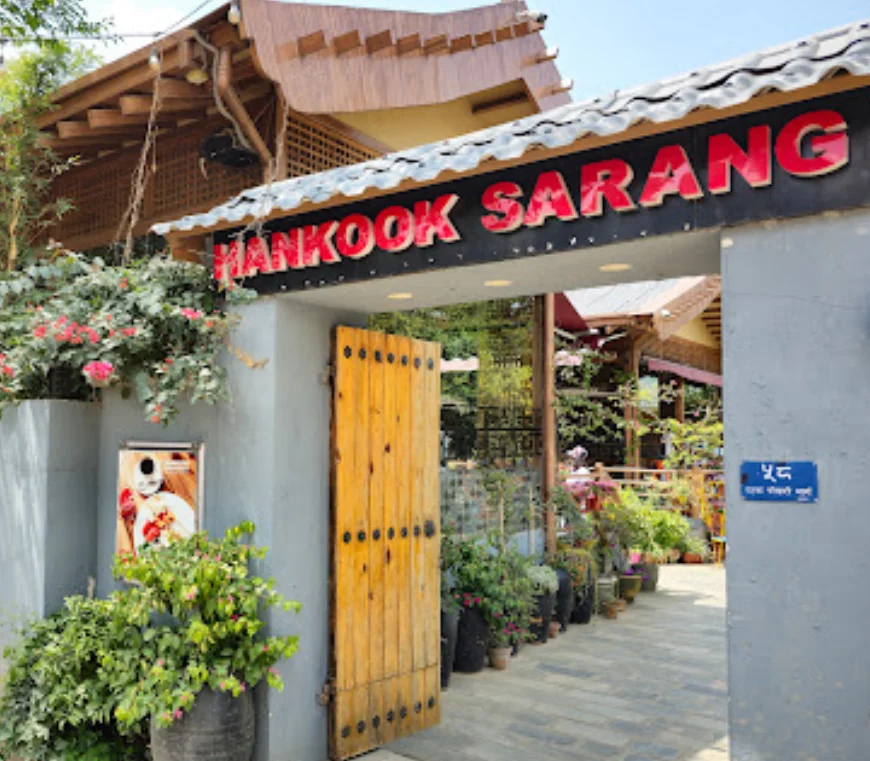
Gahana Pokhari Marg, Kathmandu
Hankook Sarang stands as one of Kathmandu’s premier Korean dining establishments, offering an authentic Korean culinary experience in the heart of the city. The restaurant features both indoor and outdoor dining spaces, creating a versatile atmosphere that caters to different preferences. The venue is particularly notable for its spacious setting and traditional Korean aesthetic, complete with a beautiful garden area and pond that adds to its serene ambiance. Their menu showcases a comprehensive selection of Korean dishes, from classic Korean BBQ to popular street food items, making it a go-to destination for both traditional and modern Korean cuisine enthusiasts.

Golfutar Main Rd, Budhanilkantha
Hokkaido Ramen House is an authentic Japanese dining establishment nestled in the serene surroundings of Budhanilkantha. The restaurant showcases the genuine flavors of Japanese cuisine, with a special focus on their signature ramen dishes. Located inside Park Village Resort, this establishment combines traditional Japanese culinary artistry with a modern dining experience. Their menu features a comprehensive selection of Japanese dishes, from meticulously crafted ramen to expertly prepared sushi and tempura. The restaurant’s commitment to authenticity is evident in their food preparation and presentation, making it a standout destination for Japanese cuisine enthusiasts in Kathmandu. Their dedication to maintaining high standards in both food quality and service has earned them a strong reputation among locals and visitors alike.
9851328943
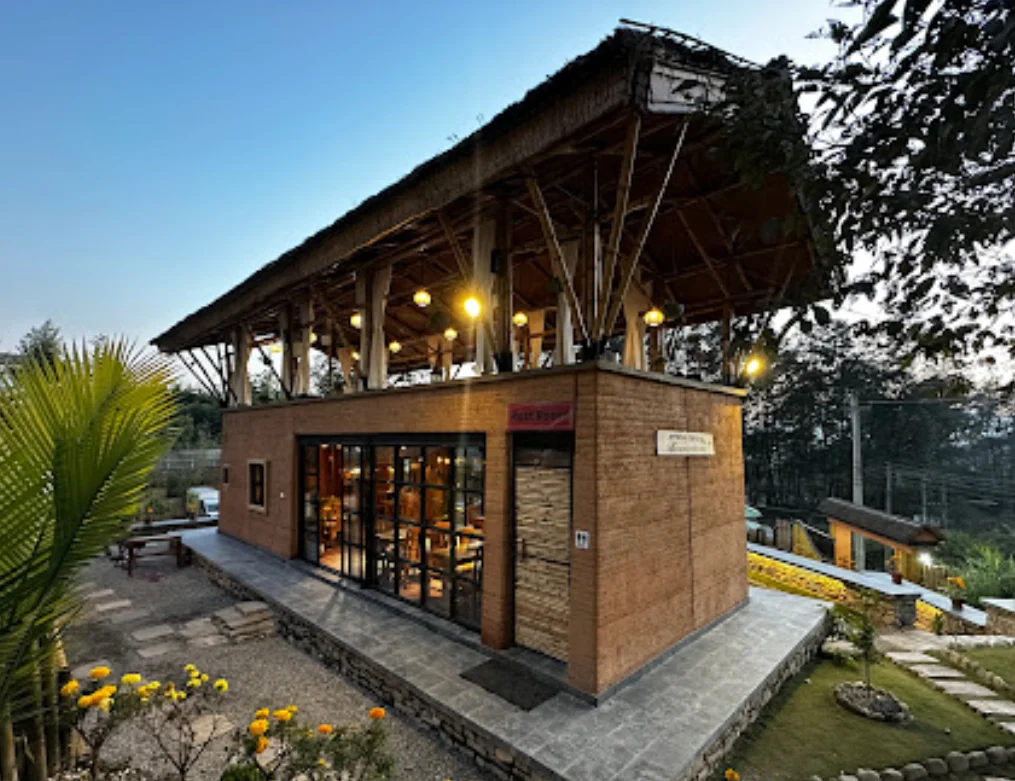
Chisine Marg, Budhanilkantha
Dekkaido Onsen – Farm House is a unique Japanese-inspired resort nestled in the serene surroundings of Budhanilkantha, Kathmandu. This establishment seamlessly blends Japanese culinary excellence with Nepal’s natural beauty, offering an authentic Japanese dining experience along with resort amenities. The property features both indoor and outdoor seating arrangements, with a special emphasis on their signature tented dining areas that add an element of uniqueness to the dining experience. The resort is particularly noted for its peaceful environment away from the city’s hustle, making it an ideal destination for those seeking a tranquil dining and relaxation experience. The venue is designed to accommodate both intimate dining experiences and family gatherings, with special attention paid to creating a cozy, nature-connected atmosphere.
97714517670
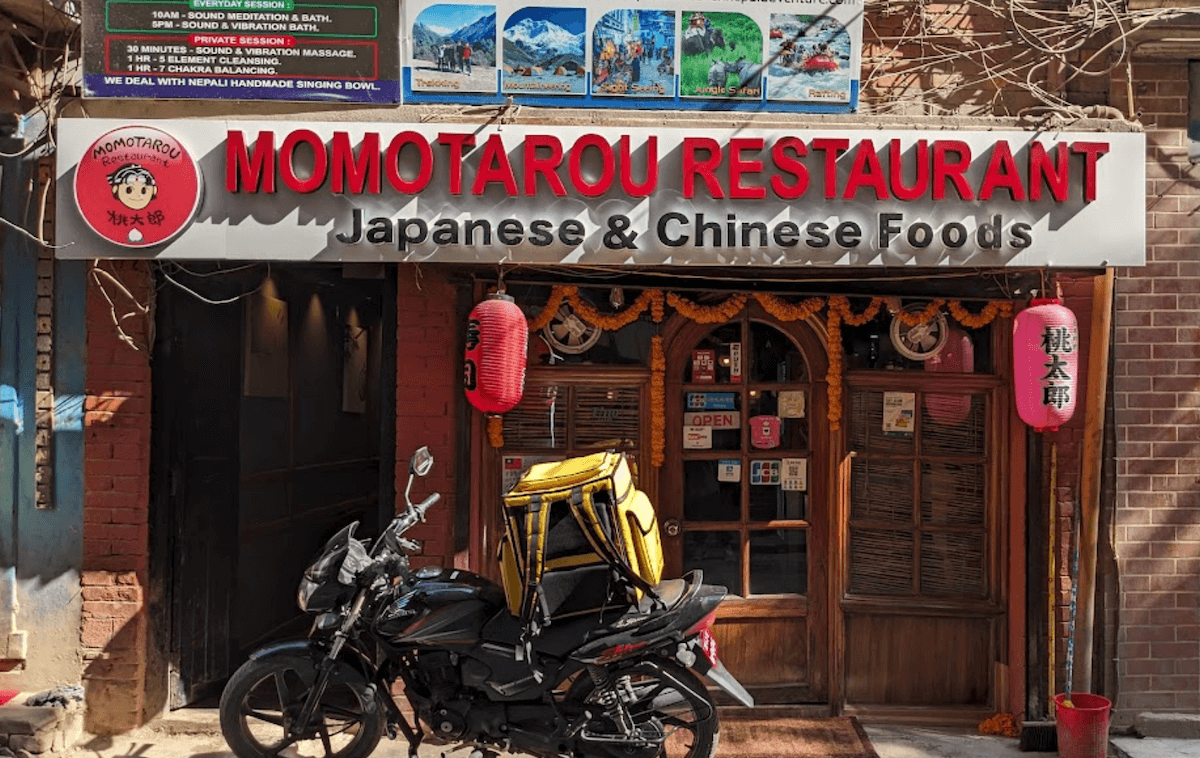
Thamel Marg, Kathmandu 44600, Nepal
Momotarou Japanese Restaurant is an authentic Japanese dining establishment in Thamel, Kathmandu. Known for its extensive menu featuring classic Japanese dishes including ramen, katsudon, sushi, and tempura, the restaurant has garnered nearly 1,000 customer reviews. With a mid-range price point ($$), it offers a comprehensive Japanese dining experience, from traditional bento boxes to carefully crafted sushi rolls. Their commitment to authentic Japanese cuisine and diverse menu options has made it a notable destination for both Japanese food enthusiasts and casual diners seeking authentic Asian flavors.
Japanese cuisine has emerged as one of the most beloved international foods in Nepal, transforming from an exotic novelty into a mainstream dining phenomenon that has captured the hearts and palates of Nepalis across all age groups. This remarkable culinary journey represents more than just food; it symbolizes Nepal's growing cosmopolitan culture and its embrace of global culinary excellence while maintaining its own cultural identity.
The History of Japanese Food in Nepal
The story of Japanese cuisine in Nepal begins in 1968 with the opening of Fujikin Japanese Restaurant, established by Japanese entrepreneur Minoru Kanetsuka and his English wife Kami Kanetsuka. This pioneering establishment, founded in collaboration with Prince Basundhara, marked the historic introduction of authentic Japanese cuisine to Nepali palates and laid the foundation for what would become a thriving Japanese food culture in the country.
The real transformation began in the 1990s and early 2000s when a growing number of Nepali workers traveled to Japan for employment opportunities. These workers returned with sophisticated palates and deep appreciation for Japanese culinary traditions, creating a knowledgeable consumer base hungry for authentic Japanese flavors. Many of these returnees, like Arjun Adhikari who worked in Japanese restaurants for 17 years, became pioneers in establishing authentic Japanese restaurants in Nepal.
The modern era of Japanese cuisine in Nepal truly took off with establishments like Hokkaido Nepal Business Group, founded by experienced professionals who had mastered Japanese culinary techniques abroad. Today, Nepal boasts over 30 Japanese restaurants in Kathmandu alone, ranging from high-end establishments like Mako's at Dwarika's Hotel to popular neighborhood spots serving authentic ramen and sushi.
Why Japanese Food is Popular in Nepal
Cultural Resonance: Japanese cuisine's emphasis on fresh, seasonal ingredients and balanced nutrition resonates deeply with traditional Nepali food philosophy. Both cultures share a reverence for rice as a staple, appreciate the art of fermentation, and value meals that provide complete nutritional balance. This cultural alignment makes Japanese food feel familiar yet exciting to Nepali diners.
Health-Conscious Appeal: The health benefits of Japanese cuisine align perfectly with Nepal's growing wellness consciousness. Japanese food's emphasis on fresh vegetables, lean proteins, minimal processing, and balanced portions appeals to health-conscious urban Nepalis who appreciate cuisine that nourishes both body and soul.
Premium Dining Experience: Japanese cuisine offers Nepalis a sophisticated international dining experience without the overwhelming complexity of some other foreign cuisines. The elegant presentation, meticulous preparation, and serene dining atmosphere provide an aspirational dining experience that appeals to Nepal's emerging middle and upper-middle classes.
Youth and Urban Appeal: Japanese food has become particularly popular among Nepal's younger generation, who view it as a symbol of global connectivity and modern lifestyle. The Instagram-worthy presentation of sushi, ramen, and bento boxes makes Japanese cuisine especially appealing to social media-savvy young Nepalis.
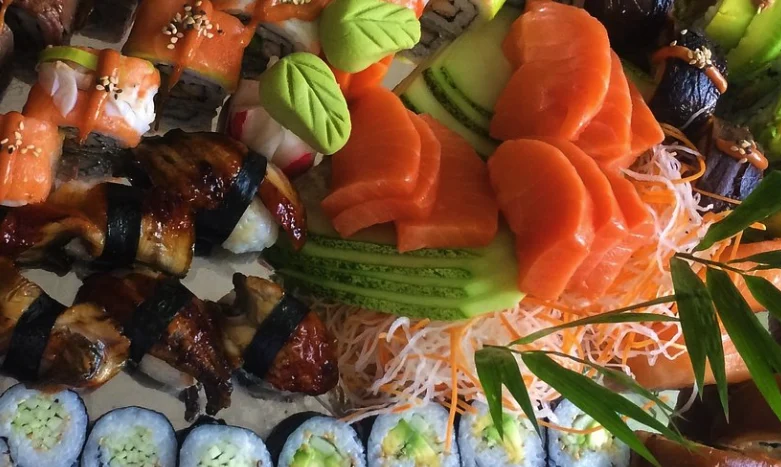
Nepali Variations and Local Adaptations
Nepali Japanese restaurants have created fascinating fusion innovations that blend authentic Japanese techniques with local tastes and ingredients. These adaptations demonstrate the creative spirit of Nepali chefs and their understanding of local palates:
Spice Level Adaptations: Many Japanese restaurants in Nepal offer spicier versions of traditional dishes to cater to the Nepali preference for bold, spicy flavors. Ramen broths are often enhanced with local chilies, and spicy variations of traditional dishes have become crowd favorites among local diners.
Local Ingredient Integration: Creative chefs have begun incorporating traditional Nepali ingredients into Japanese dishes. Some restaurants experiment with jimbu (Himalayan garlic chives) in Japanese preparations, use local vegetables in tempura, and even create sushi rolls with ingredients familiar to Nepali palates.
Vegetarian Innovations: Given Nepal's significant vegetarian population, Japanese restaurants have developed extensive vegetarian and vegan menu options that maintain authentic Japanese flavors while accommodating local dietary preferences. Vegetarian sushi rolls using local vegetables, tofu-based preparations, and plant-based alternatives have become standard offerings.
Rice Adaptations: Some restaurants experiment with using traditional Nepali rice varieties in sushi preparation, creating unique texture profiles that appeal to local preferences while maintaining the essential character of Japanese cuisine.
Fusion Ramen: The most popular adaptation has been "Nepali-style ramen" that incorporates familiar flavors like ginger, garlic, and local herbs into traditional Japanese broth bases, creating comfort food that feels both international and familiar.
The Training Hub Phenomenon
Nepal has surprisingly emerged as a significant sushi training hub in South Asia, with specialized schools offering intensive courses in Japanese cuisine preparation. These training programs have created a skilled workforce of Nepali chefs who work not only in Nepal but also in high-end Japanese restaurants across India, particularly in Delhi where sushi chefs are in high demand.
This development has created a unique cultural exchange where Nepali chefs bring their own culinary sensibilities to Japanese cuisine while maintaining authentic preparation techniques. The result is a distinctive style that honors Japanese traditions while incorporating subtle local influences.
Cultural Impact and Social Significance
Dining Culture Evolution: Japanese cuisine has influenced Nepal's dining culture by introducing concepts like omakase (chef's choice), izakaya-style casual dining, and the appreciation of minimalist presentation. These concepts have begun influencing other restaurants and elevating overall dining standards in Nepal.
Professional Development: The popularity of Japanese cuisine has created significant employment opportunities for young Nepalis, with many finding lucrative careers as specialized sushi chefs, ramen experts, and Japanese cuisine specialists both locally and internationally.
Cultural Bridge: Japanese restaurants in Nepal serve as cultural exchange points where locals interact with Japanese expatriates, tourists, and business people, fostering cross-cultural understanding and appreciation.
Quality and Authenticity Standards
What sets Japanese cuisine apart in Nepal is the commitment to authenticity maintained by many establishments. Restaurants like Hokkaido Ramen House import specific ingredients from Japan, use traditional preparation methods, and even employ Japanese chefs or Nepal-trained specialists who have worked in Japan.
Many establishments receive regular praise from Japanese visitors and residents who appreciate the authentic flavors that remind them of home, indicating that the quality standards in Nepal's Japanese restaurants are genuinely impressive.
Japanese cuisine in Nepal represents a remarkable success story of cultural adaptation and culinary excellence. From its pioneering beginnings in 1968 to today's thriving restaurant scene, Japanese food has found a permanent place in Nepal's culinary landscape. The cuisine's popularity stems from its perfect balance of health consciousness, cultural resonance, and aspirational dining experience, while local adaptations ensure it remains accessible and appealing to Nepali tastes. As Nepal continues to embrace global culinary trends, Japanese cuisine stands as a shining example of how international foods can be authentically adapted while respecting both their origins and their new cultural context. Whether it's the comfort of a steaming bowl of ramen on a cold Kathmandu evening or the elegance of fresh sushi shared among friends, Japanese cuisine has become an integral part of modern Nepali dining culture.

